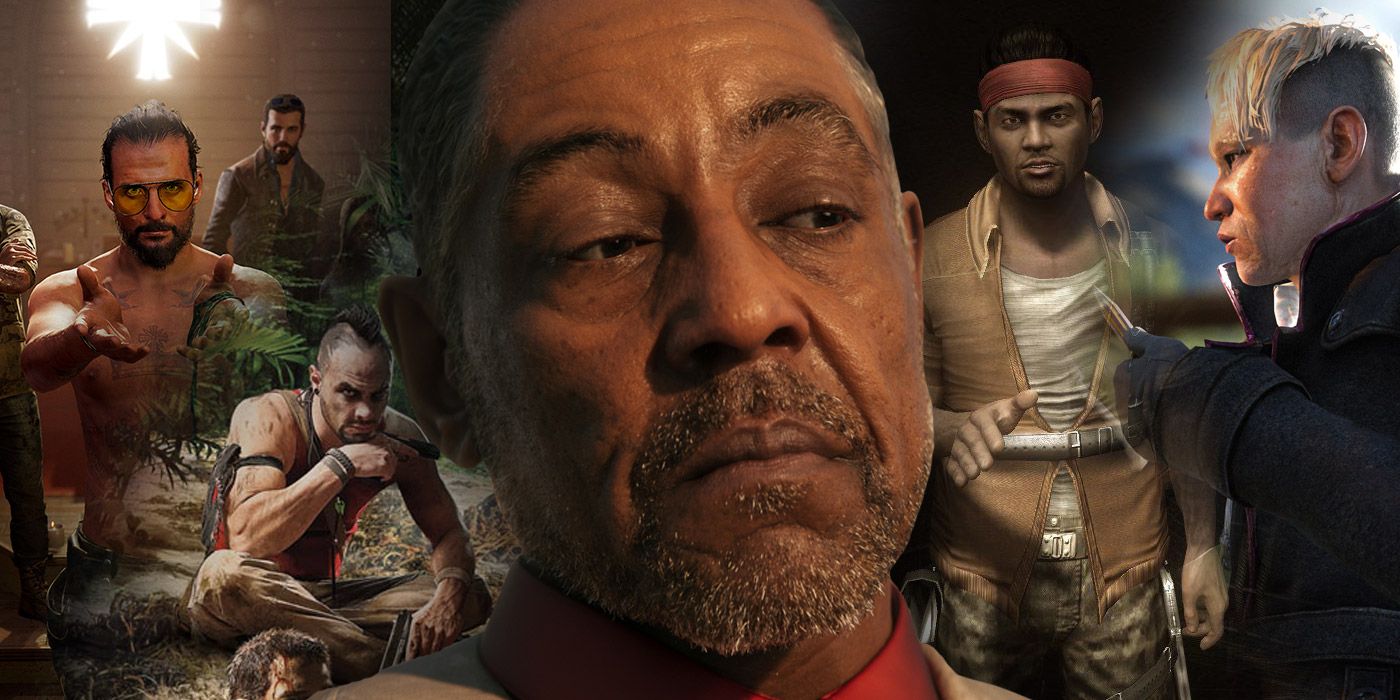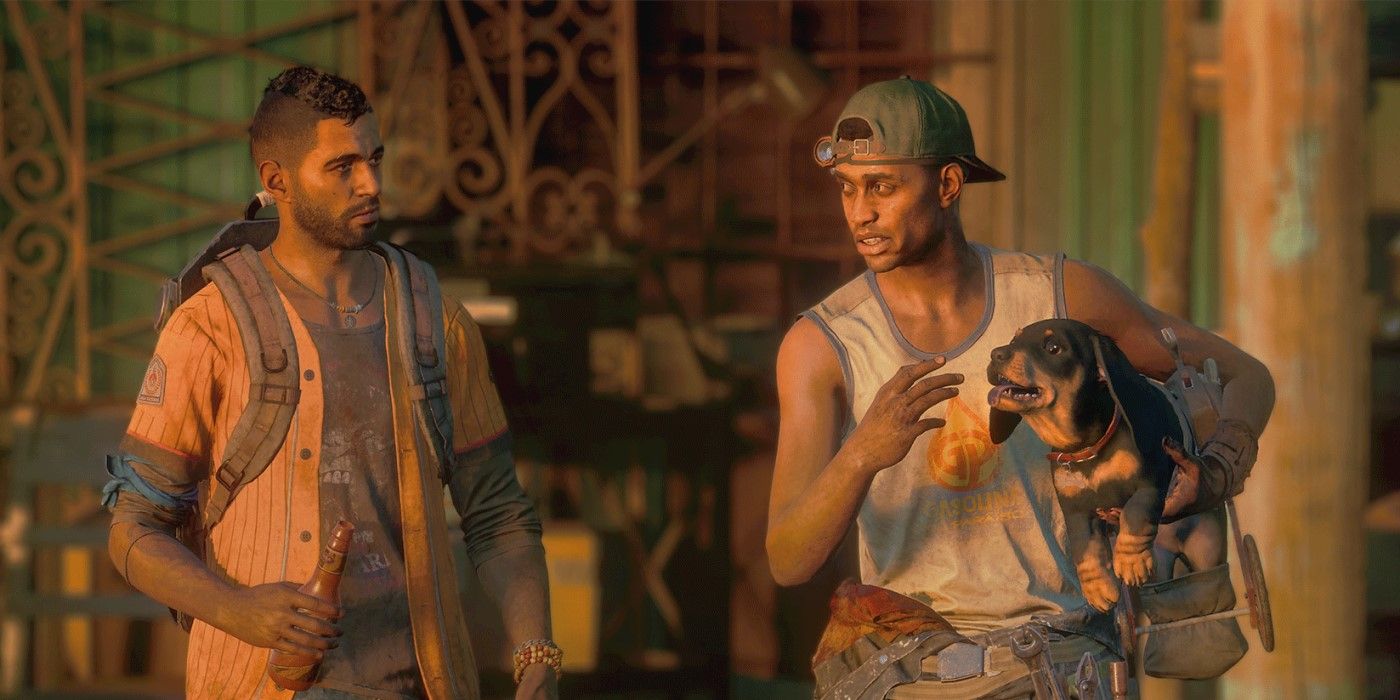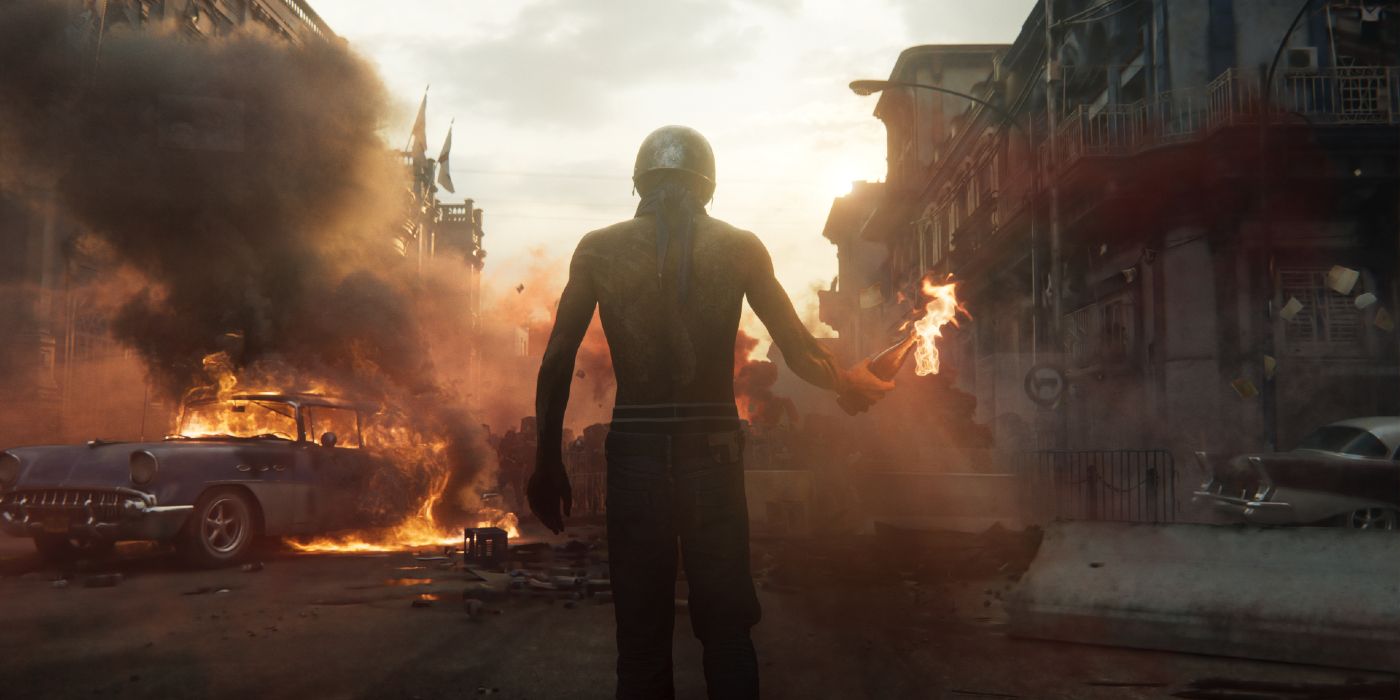Far Cry 3 innovated on a lot of features and aspects of Ubisoft's long-running shooter franchise. From its humble Crytek beginnings as an innovative proof of concept, Far Cry 3's usage of an iconic villain and conquerable, open-ended outposts has permeated throughout every subsequent entry. It's arguable that even Far Cry 2 was responsible for a lot of the staple features that were established and utilized in future entries. With Far Cry 6 on the eventual horizon, it's already clear there's just as many new and existing influences from Far Cry going into this next entry.
It's been a while since the game was first introduced, so it's hard to gauge what gameplay is going to be like. Most will guess that it'll still follow the usual open world formula that every post-Far Cry 3 entry has, and they likely won't be wrong. However, there are some sorely missed mechanics/systems/features from previous Far Cry games that would enhance the gameplay experience of Far Cry 6. A varied mix of gameplay influences from Far Cry 2, Far Cry 3, Far Cry 4, and Far Cry 5 could potentially help shake up the strained Far Cry formula that Ubisoft has been applying since 2012.
A Systemic, Manipulative World For Far Cry 6
One particular feature that used to be synonymous with Far Cry was the systemic and interactive game world. Far Cry 2 and Far Cry 3 in particular emphasized the usage of fire and minor Battlefield-esque destruction to manipulate environments during firefights. Players could set up a distraction or temporarily cut off access from a certain area by setting fire to the tall grass, and then make their moves elsewhere. In other more story-centric encounters, certain areas of the map would eventually become inaccessible or be altered significantly based on the events of that mission. Far Cry 6's Yara should hone in on what used to make Far Cry worlds malleable and unique.
This could be as simple an example as the "False Prophet" mission in Far Cry 5, where players destroy the giant Father Joseph statue. Or it could be as drastic as the "Kick the Hornet's Nest" mission, where players can calculate and plan their sabotage accordingly. Recent Far Cry games have still featured some of these open-ended environments and mission design, but rarely have they given players the capability of utilizing any major manipulation of the environment. Destroying the Seed statue in Far Cry 5 is an iconic moment, but moments like these are few and far between throughout Far Cry 5's playthrough, rarely justifying the player's place in the game.
Amplifying the Importance of Buddies in Far Cry 6
One aspect that wouldn't be so bad if it wasn't comparatively worse next to previous games is the Guns/Fangs for Hire system in recent Far Cry games. Mercenaries, also known as "buddies," were first introduced in Far Cry 2 as a pivotal portion of the game's story. While players took on the role of a silent protagonist in Far Cry 2, they were able to pick from an array of different character personalities to embody. The remaining characters would join the game world as NPCs, all of which the player could meet and befriend. Rather than acting as random, non-interactive hired help, buddies would offer alternative ways of finishing main quests and reward players for it.
Buddies in recent Far Cry games, outside of their own respective side quests, don't amount to anything other than an extra weapon in firefights. They might have a few pre-recorded quips and additional lines, but each character's respective importance fades entirely after their side quests. Again, if Far Cry 2 didn't set a precedent for how much better a buddy/mercenary-for-hire could be, this wouldn't be as big of a request. However, Far Cry 2 showed how extraneous or supporting characters can be interwoven into the narrative in a compelling and meaningful way. Granted, Far Cry 6 seems to have already shown nothing's changing, but that doesn't mean it shouldn't.
Rekindling the Unpredictability of the Series in Far Cry 6
There's also one characteristic of Far Cry games that's ever-so-slowly waned with each entry, and it's more of an abstract feature rather than something specific. Far Cry games in the past used to have varying degrees of unpredictability, regardless of how much players would calculate and plan their actions. Players in Far Cry 3 could toss bait or open up an animal cage to let loose any manner of dangerous predators on foes. Animals could sneak up and attack players in Far Cry 4 seemingly out of nowhere, which is something players would have to manage on the fly. Things would just happen on their own in the world, indifferent of the players' actions or plans.
Recent Far Cry games have either not had that semblance of unpredictability, or simply relied on existing tricks that have become more predictable. Far Cry 5 had some variation in environment design, but lacked any significant variables of difficulty that would make liberating outposts thrilling in previous games. In Far Cry 3, outposts had animal cages where predators could be let loose, or alternatively players could toss bait to lure in more predators. Roaming patrols could interrupt infiltrations at any time. Outpost capturing in other entries, a pivotal portion of gameplay, eventually felt slightly easier and subpar in comparison.
In all fairness, these features can be chalked up to nitpicking an enduring franchise that, in general, hasn't had too many missteps. The Far Cry formula has proven compelling time and time again, even in spite of its missteps. Far Cry 6, despite only being teased relatively recently, already seems like a promising meld of existing series trends alongside some new features as well.
Far Cry 6 is in development for PC, PS4, PS5, Stadia, Xbox One, and Xbox Series X/S.



